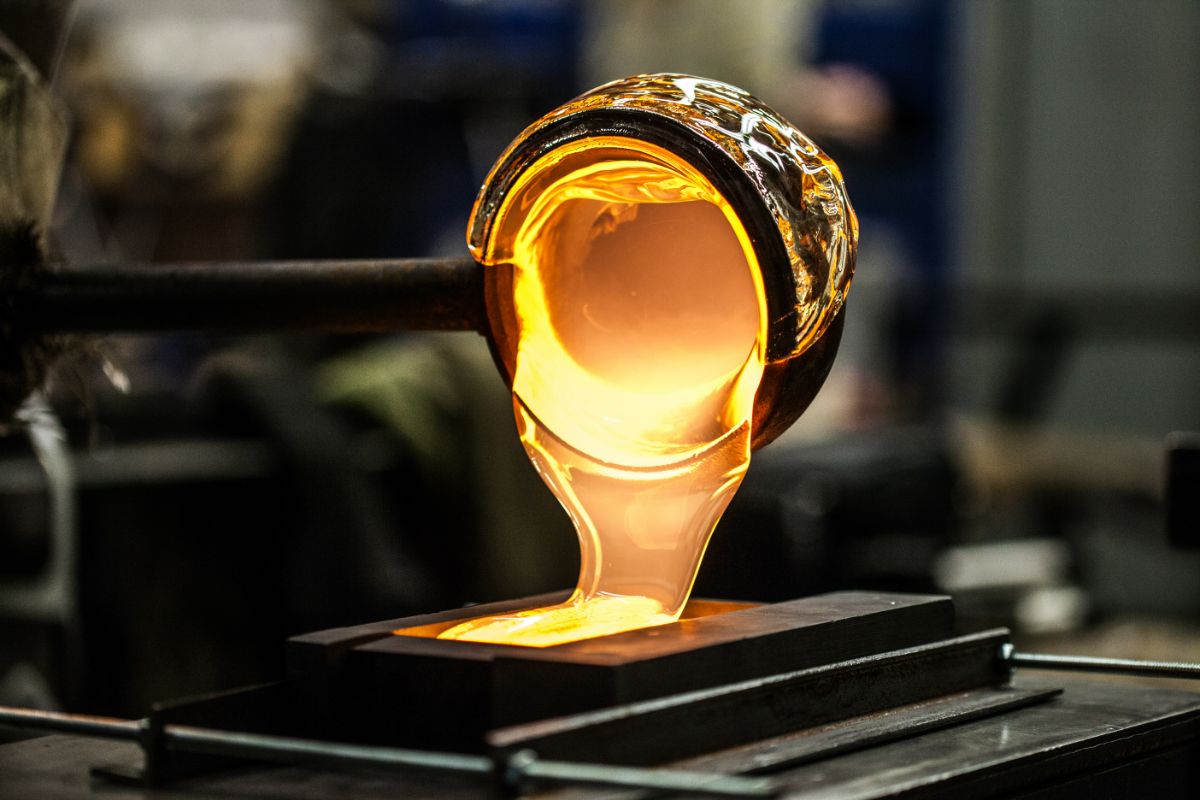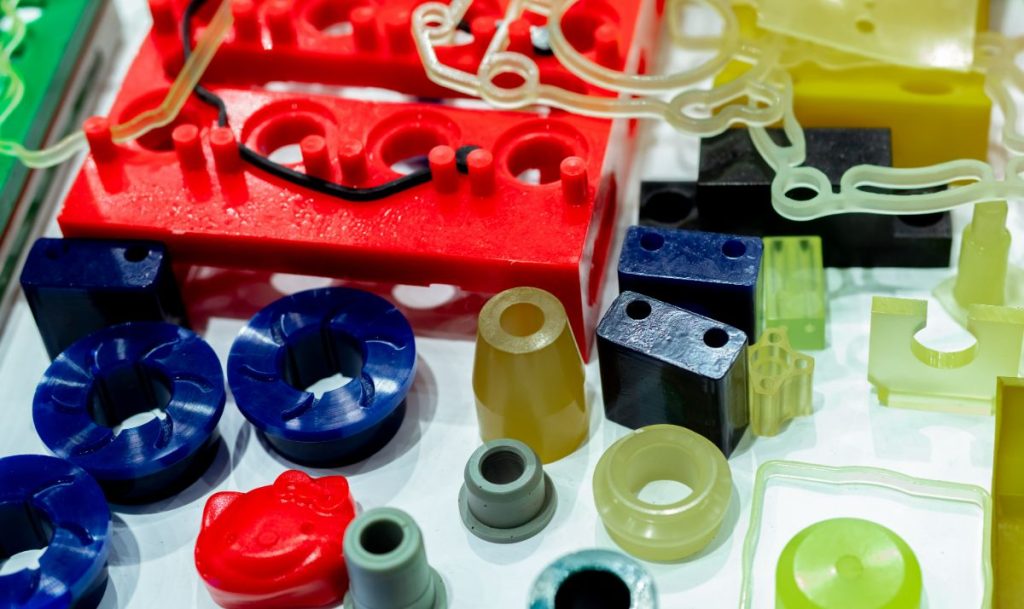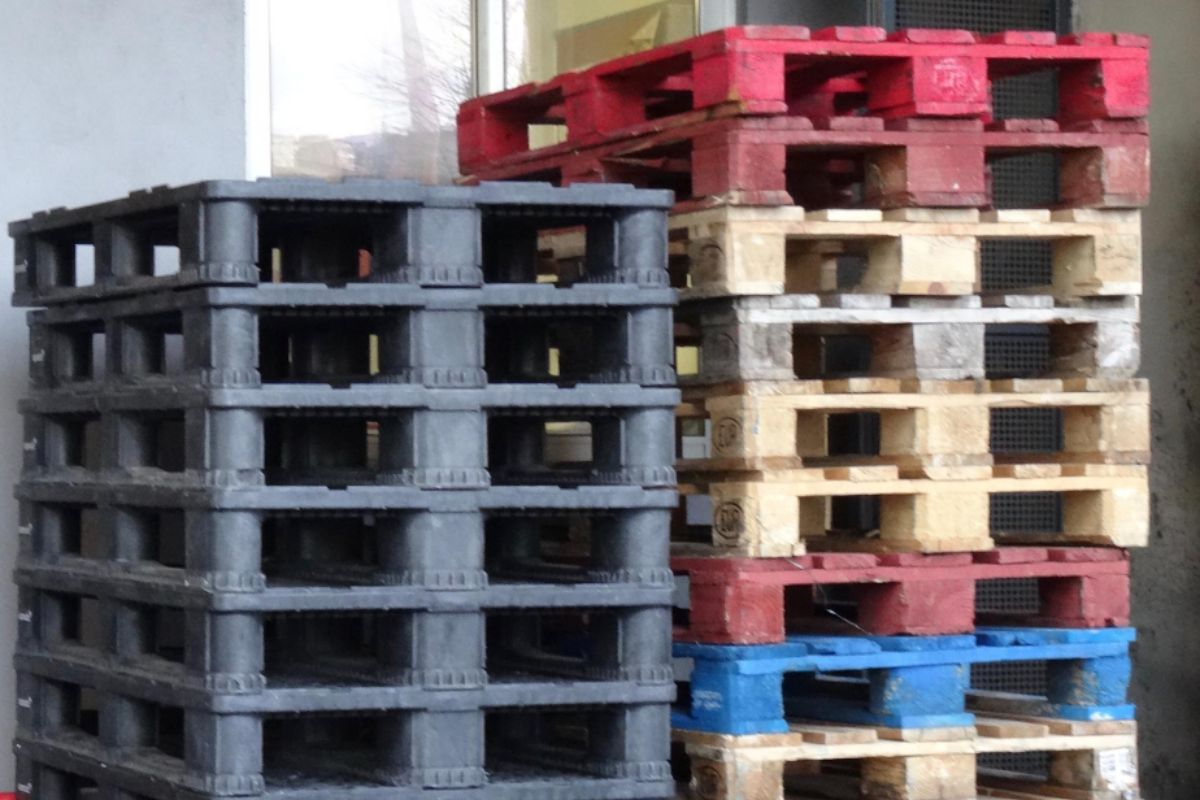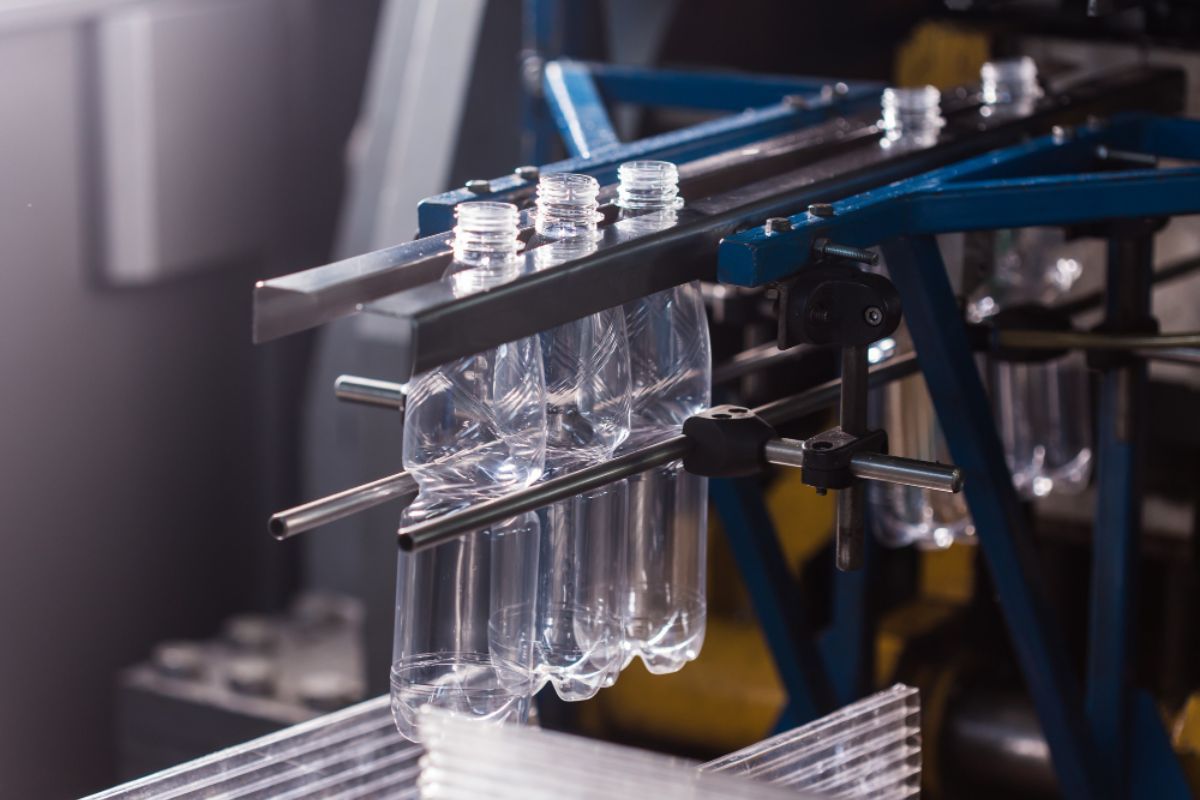What are some tips for small-scale mold-making production?
- Understand the molding process
- Choose the right materials
- Collaborate with mold makers
- Follow the proper procedures
- Be patient
Overview
This blog post offers valuable tips for US-based businesses engaged in small-scale mold-making production. It emphasizes the importance of understanding the molding process and covers the four main types. The post also provides insights into common plastic materials used in small-scale production. Collaborating with mold makers, particularly those from China, are recommended for their expertise and cost-effectiveness. Following proper procedures, such as preparation, injection, cooling, removal, and inspection, is emphasized for achieving high-quality results.
Many companies in the U.S.A. know the importance of delivering high-quality plastic products that meet their customers’ specific requirements. The mold-making process can be exciting and challenging, even if you’re only producing a small batch of molded plastic parts. But with the right tips and techniques from the experts, you can achieve even more outstanding results.
In this blog, we will provide tips for small-scale mold-making products for US-based clients to ensure customer satisfaction in the long run. Read on to learn more.
Understand the Molding Process

Understanding the molding process is crucial as it forms the foundation for successful mold-making. It involves familiarizing oneself with the different techniques, materials, and equipment used in the process. Having a thorough understanding of the molding process enables businesses to make informed decisions and effectively communicate their requirements to manufacturers. It also helps in troubleshooting any issues that may arise during production and ensures the final product meets the desired specifications.
Molding is a fundamental process utilized in rubber and plastic manufacturing. A combination of pressure and heat is employed to fill the mold cavity, which is a rigid framework known as a matrix. The selected raw material, often a flexible substance such as plastic, glass, or ceramic, is subjected to continuous pressure until it undergoes the initial stages of solidification.
There are four types of molding: compression molding, melt molding, transfer molding, and injection molding:
- Compression molding is ideal for plastic and rubber parts. A preformed rubber section is placed in a heated mold, where pressure is applied to shape and harden the material. This method is simple and effective, producing a wide range of products.
- Melt molding involves heating polymers above their melting points to create a liquid form. The material is then cooled and solidified in the mold, resulting in products with superior mechanical properties compared to compression molding.
- Transfer molding, similar to compression molding, uses a chamber to load plastic material before transferring it to the mold. It offers complexity in tooling geometries and is cost-effective for rubber and plastics applications.
- Injection molding is widely used for both thermoplastic and thermoset materials. The molten polymer is injected at high pressure into closed molds, producing aesthetically pleasing, sturdy, and fully formed plastic parts. This precise technique can create intricate designs with consistent quality.
Understanding these molding techniques is essential for small-scale mold-making production, enabling informed decisions and efficient manufacturing processes.
Choose the Right Materials
Selecting the right materials is vital as it directly impacts the quality, durability, and functionality of the final product. By choosing the appropriate materials, businesses can ensure that their molded parts meet the required specifications and perform optimally in their intended applications.
In the mold-making process, there are various plastic materials available, each with its own unique properties and advantages. Here are some common plastic materials often used for small-scale production:
- Silicone: Silicone is a highly favored material known for its flexibility, durability, and non-toxic nature. It offers ease of use and can be molded into various shapes, such as cubes, spheres, and cylinders. Silicone is commonly used for casting jewelry, figurines, and other intricate objects.
- Urethane: Urethane is another popular choice, similar to silicone in many ways. It exhibits enhanced resistance to heat and chemicals, making it suitable for casting flexible objects like gaskets. Urethane molds are known for their versatility and ability to withstand demanding applications.
- Plaster: Plaster is a cost-effective option that is often used for prototyping or small-scale production. While it may be less durable compared to silicone and urethane, it serves its purpose well in specific applications. Plaster molds are commonly utilized for simpler shapes and designs.
It’s important to note that the selection of a specific material depends on the intended use of the mold. For example, silicone molds are well-suited for casting plastics, while urethane molds excel in casting metals. Therefore, it is crucial to carefully assess your requirements and consider the desired outcome before choosing a material for your mold-making process.
Collaborate with Mold Makers

U.S. companies should collaborate with reliable plastic mold makers so that they can take advantage of their expertise. In fact, many are getting the services of Chinese mold-making companies because they often provide competitive pricing due to lower labor and operational costs, which allows their clients to save money, time, and effort, especially if they’re only seeking small-scale molding projects.
In addition to this, Chinese mold makers are technological experts. They have extensive experience in the field and have access to advanced manufacturing technologies. By collaborating with them, U.S. clients can benefit from their knowledge and skills, ensuring high-quality molds and efficient production processes.
At Richfields, we offer a wide range of capabilities. Our team of engineers and experts can handle small-scale mold production, its sizes, and complexities, which cater to your diverse needs.
Follow the Proper Procedures
Adhering to proper procedures is crucial for ensuring accuracy, consistency, and efficiency in the molding process. By following established protocols and best practices, businesses can minimize errors, improve productivity, and achieve high-quality results in their small-scale mold making production.
There are specific procedures that mold makers need to follow in small-scale plastic molding production to produce high-quality and durable plastic parts. These procedures include:
- Preparation. Mold makers prepare mold tooling equipment and plastic materials. This includes cleaning the mold, checking if the plastic has a good temperature, and purging any air from the mold.
- Injection. This involves the injection of molten plastic into the mold under high pressure. This ensures that the plastic is injected evenly into the mold.
- Cooling. Once the plastic has been injected into the mold, it must be cooled before it can be removed. This can be done using air, water, or both.
- Removal. Once the plastic has cooled, it can be removed from the mold using the correct tools so that the plastic won’t be damaged.
- Inspection. The mold makers will then inspect the plastic parts for any defects. Any defects should be replaced before it is shipped to the customer’s address.
Be Patient
Finally, the process for small-scale mold production involves a number of steps, from designing and creating the mold, and then manufacturing the parts. Each step can take time, and there may be delays if there are any problems or if the mold maker needs to make any changes.
Remember that this process requires a high degree of precision.The mold must be made to exact specifications, and the parts must be manufactured to the same specifications. This can be time-consuming.
Fortunately, Richfields Corporation has excellent customer service. We make sure to update our clients about the progress of their mold production. This way, they’re informed that their products are prioritized by our engineers and experts and expected to be delivered on time.
Key Takeaway
These tips about small-scale mold making products for US-based clients are crucial. It allows you to see what you can expect during the process, and how beneficial it is to work with injection molding company in China. As a result, you can achieve high-quality plastic products beneficial for your business.
If you’re looking for a partnership to meet your plastic product needs, look no further than Richfields Corporation. With our facilities and production line, we also cater injection molding services to our clients in the U.S.A. by manufacturing their plastic parts and shipping them. For more information, contact us here.










